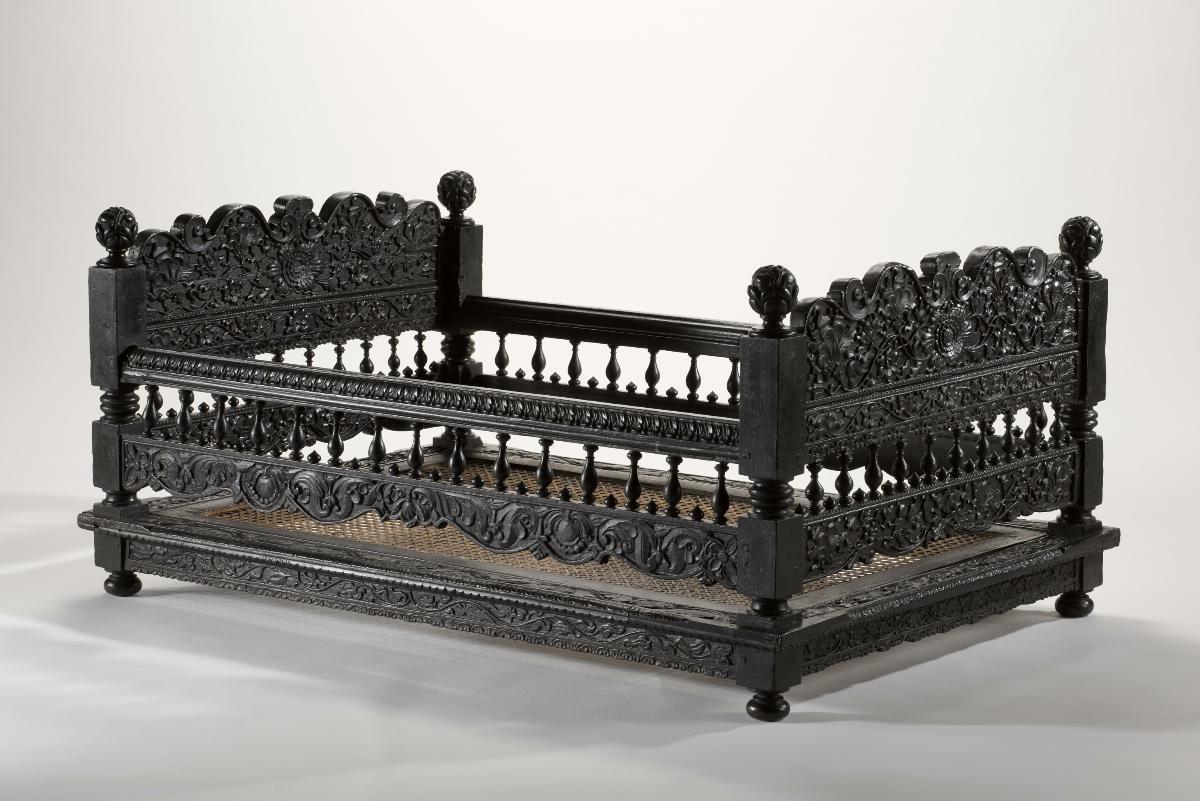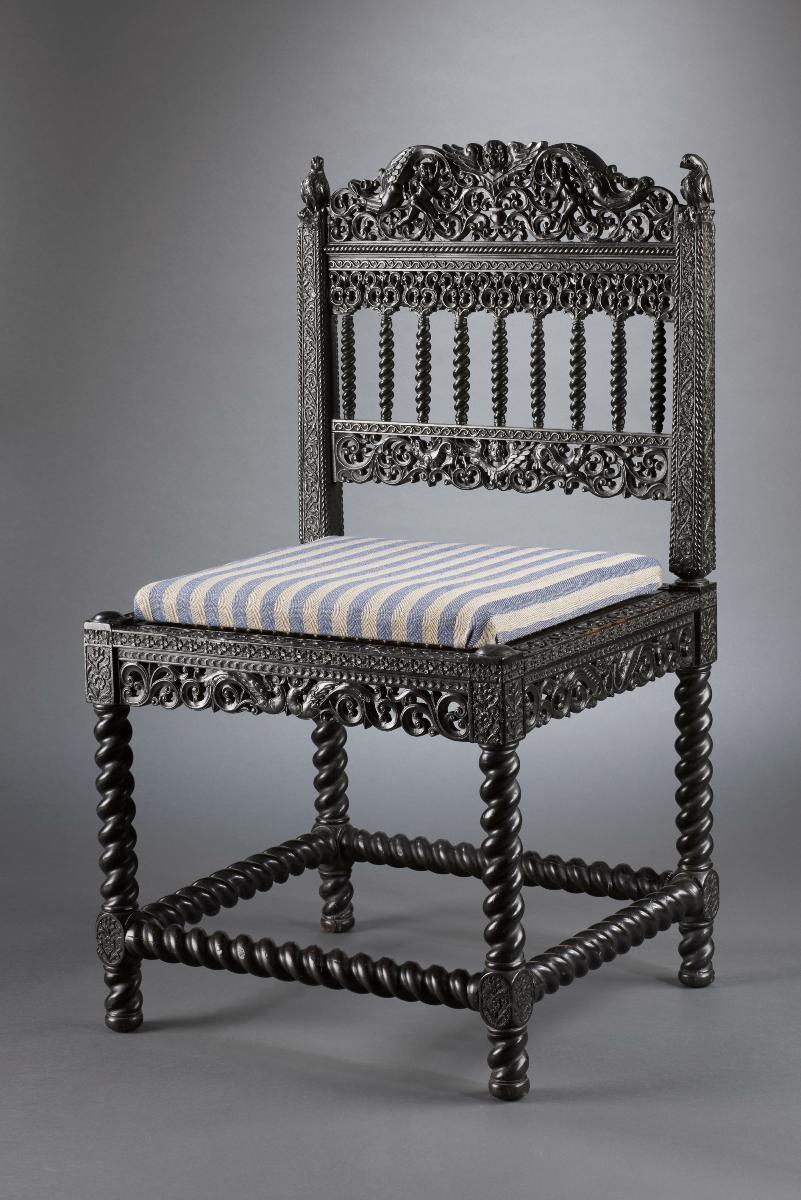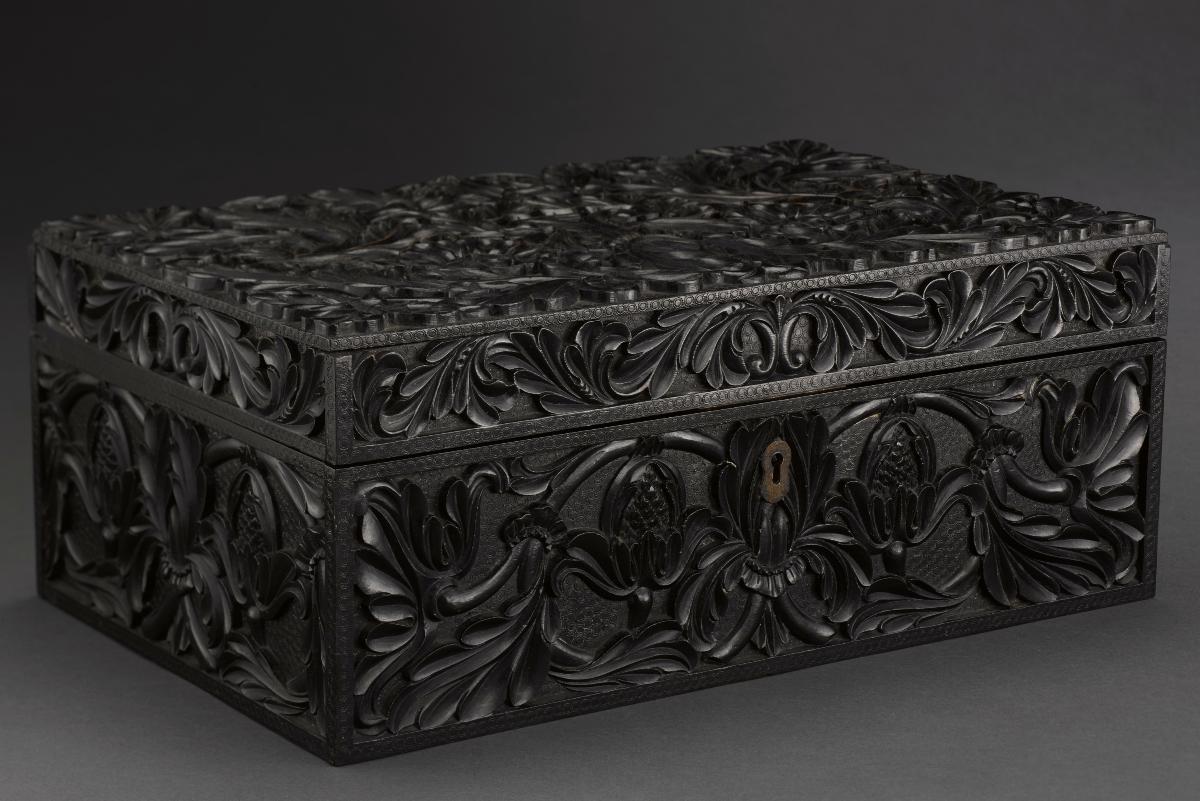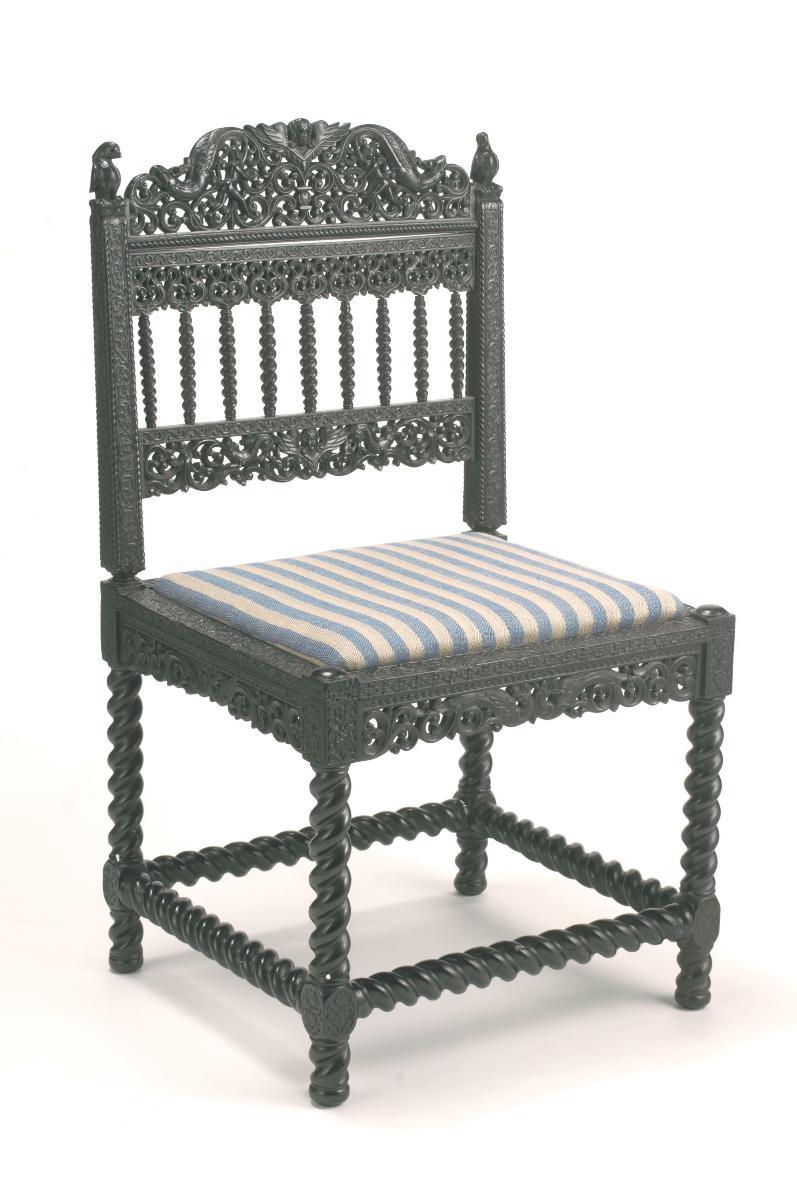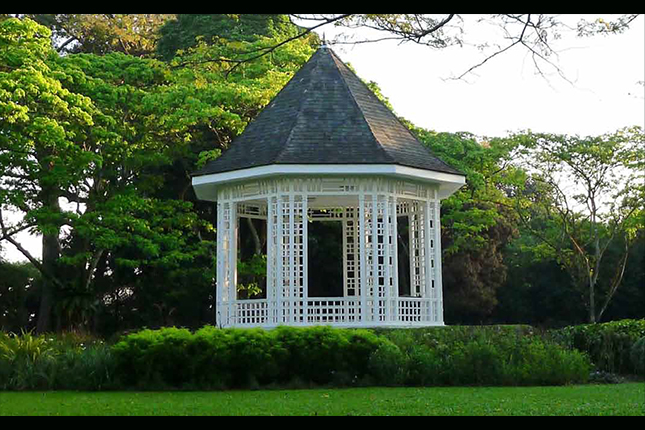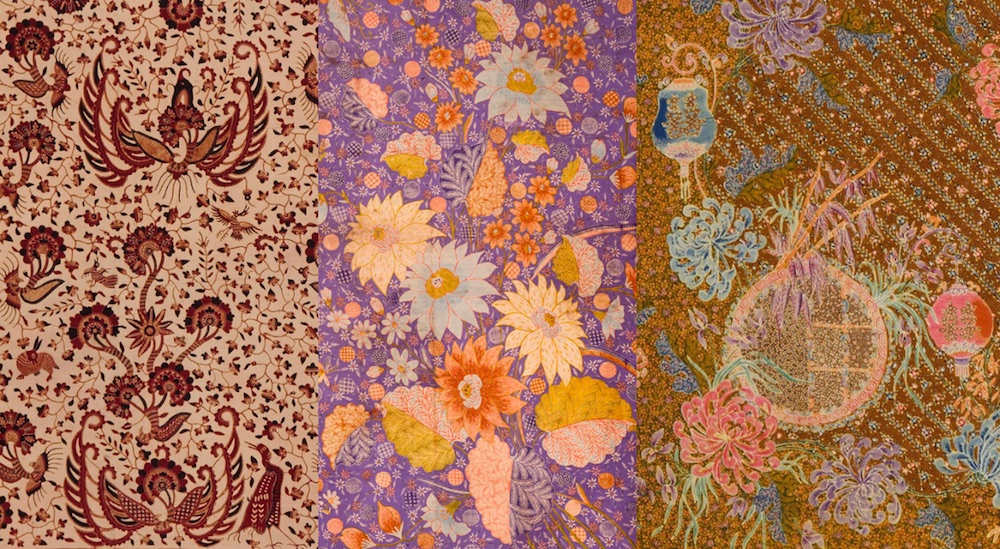The proposed acquisition is an ebony cot of colonial Dutch origin. Produced in the late 17th to early 18th century ether along the Coromandel Coast or in Batavia, the cot was likely to have been part of a rocking cradle, as evidenced by the holes on the head and foot ends of the cot, which would have once been fitted with a supporting device. The rails of the cot are adorned with half-relief carvings of floral motifs that were obtained from prints of Dutch floral motifs.Furniture made from ebony was first mentioned in Batavian inventories in 1646, with the first pieces likely to have originated from the Coromandel Coast, while later pieces were crafted in Dutch occupied territories such as Ceylon and Batavia. However, ebony furniture is also noted to be representative of the important trade links formed during the early years of the Dutch East India Company (VOC), where ‘Moluccan’ ebony chairs were part of the early 16th century trade between the Coromandel Coast and the Moluccas. Ebony pieces then increased in popularity during the mid and late 17th century, as these pieces became fixtures of Dutch homes both in and outside of the Netherlands. Even though ebony furniture experienced a decline in popularity in Dutch territories from 1720 onwards, such pieces then enjoyed a rise in popularity amongst English collectors such as Horace Walpole, who believed that these ebony pieces were surviving pieces of early English/Tudor furniture.




